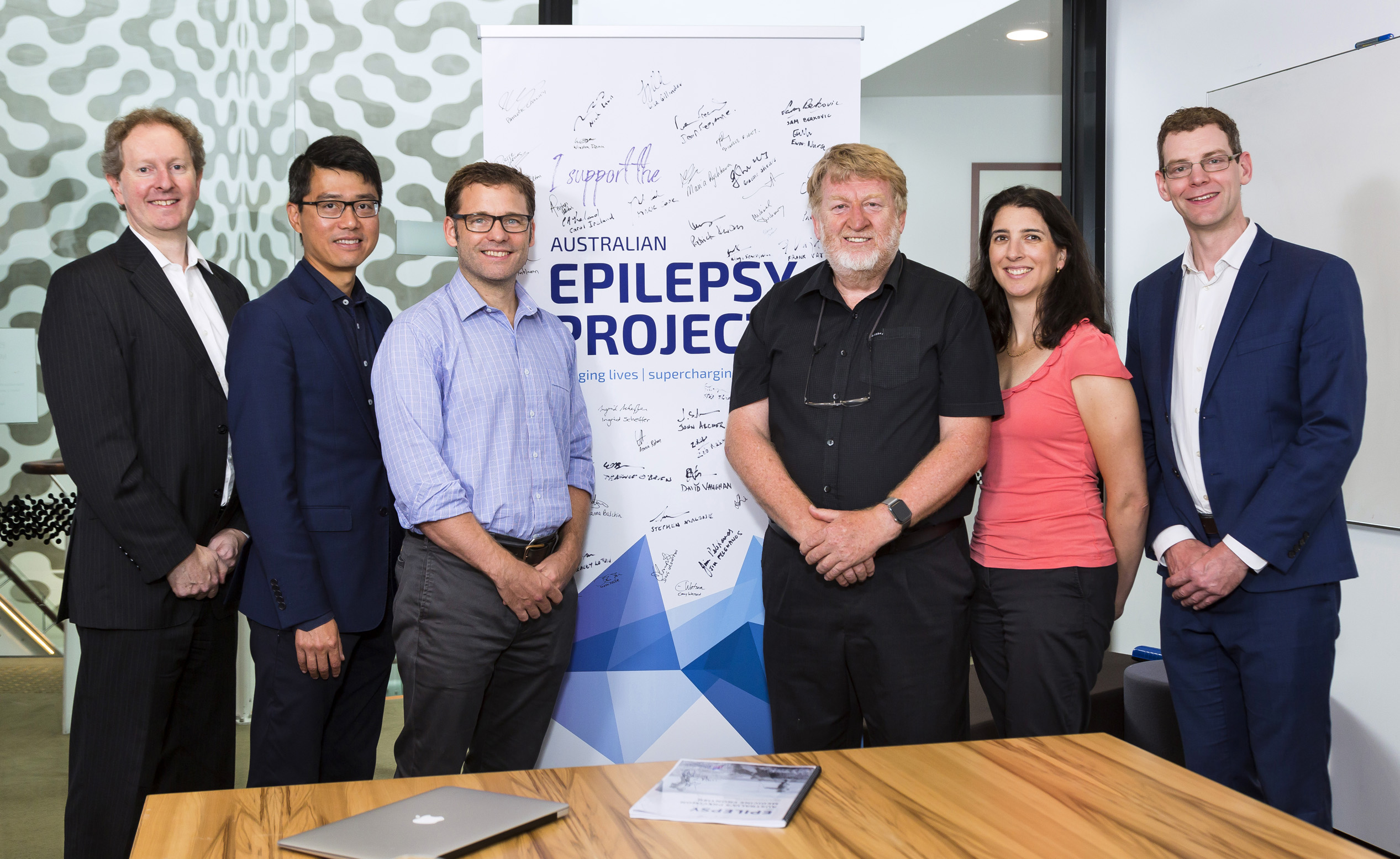A life without seizures is within reach
The Australian Epilepsy Project (AEP) is focused on democratising access to advanced epilepsy diagnostics at scale including tests which are not widely available under the current standard of care.
This includes advanced MRI, neuropsychological assessments (such as memory and language tests), and genetic testing. This is significantly important for patients experiencing their first seizure and/or have been newly diagnosed with epilepsy. On average, it can take 15+ years for patients to find access to diagnostics available as part of the AEP, and that’s usually after they have tried several treatments without success.The AEP can help shorten the journey from epilepsy diagnosis through to management by up to 15 years.
Epilepsy is the second most burdensome neurological condition behind dementia. The AEP is already delivering tangible healthcare outcomes for Australian epilepsy patients, whilst building the foundation for future scientific breakthroughs in the understanding and treatment of epilepsy, and other brain health conditions.
Join the Australian Epilepsy Project (AEP) and help to improve the lives of people living with epilepsy.

The AEP is creating access for all Australians living with epilepsy
A national network of AEP Specialist Hubs will give all Australians living with epilepsy local access to advanced testing to guide individualised epilepsy diagnosis and treatment.
"I want every Australian living with epilepsy to be free from seizures. This is my life's work. The AEP team will make this a reality for many."
Professor Graeme Jackson
Chief Investigator
Download the AEP Impact Report, June 2025.

The Australian Epilepsy Project will change the lives of over 4,000 people with lived experience of seizures by 2026. That's 4,000 people who will:
Be having fewer seizures
Have improved mental health
Be at lower risk of an epilepsy related injury or death
Have greater opportunity for workforce participation
Have an increased quality of life
Our partners and supporters
The Australian Epilepsy Project is made possible through the combined support of The Florey and University of Melbourne.
The Australian Epilepsy Project (AEP) receives funding from the Australian Government under the Medical Research Future Fund.


FAQs
We’re here to help you understand about the Australian Epilepsy Project. We encourage you to contact us directly if you have any additional questions.
There are multiple ways you can get involved in the AEP.
If you are a participant living with seizures, you can visit our Participant's page here for more information.
If you are a clinician and know of a patient that would be suitable for the Project, you can refer them into the study here.
We are also actively recruiting volunteers to join our control group. If you're interested in volunteering, please register here.
The AEP received $30 million from the Australian Government under the Medical Research Future Fund (MRFF). The funding was provided for a five year study to collect the world's largest multimodal data set for epilepsy.
No, there are no out-of-pocket expenses to participate in the AEP.
Unfortunately, the AEP is currently for adults, 18 - 67 years, so children under the age of 18 currently are not eligible to be part of the AEP.



